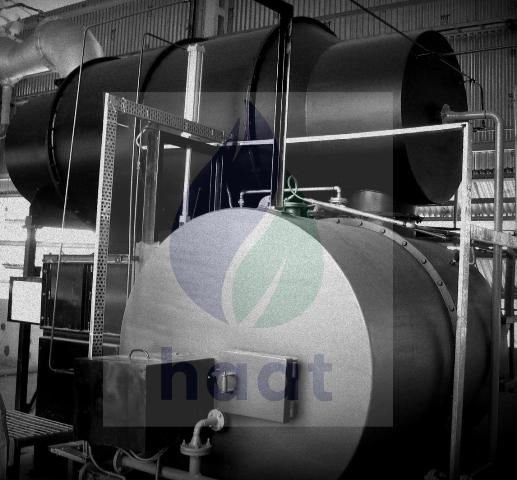
Incinerator Systems / Incinerator Packages for Industrial Hazardous Wastes – Part 3
We will take up in this article, paint residues generated in the production and industrial use of paints under category 21.1 of the Hazardous Waste (Management, Handling and Transboundary Movement) Rules 2016.
Where does the paint waste come from?
- While giving finish to a fabricated product
- During manufacture of the paint itself
While finish-coating a fabricated product, paint waste is generated either:
- In collecting ponds; or
- Filters for collecting paint vapours
- Expired paints from stock
Where paint is produced, the waste could come from:
- Product waste (residue)
- Paint testing rigs
- Filters and ponds
Paints contain chemicals and heavy metals that can contaminate soil and water. They should NEVER be disposed of with general waste. In most countries, it is illegal to do so. Improper and unsafe methods of disposing paint can be dangerous to individuals and also entire communities. Paint waste is considered toxic and there is a risk of serious illness or injury to people when exposed. It is for these reasons it is classified as `hazardous` and hence unsafe and dangerous to dispose of by any means other than the authorised mode.
The recommended and most common method of disposal of the paint waste is by Incineration.
Haat offers incinerators from their LRD and PDR range with the necessary downstream flue gas scrubbers and stack for this application. There are many industrial houses who are using Haat`s incinerators for disposal of hazardous paint sludge which include automobile and earthmoving equipment manufacturers, manufacturers of agricultural equipment and paint manufacturers. These include, but are not limited to:
1) Asian Paints
2) Tata Motors
3) Tata Hitachi
4) New Holland Tractors
5) DGNP
Haat is happy to be associated with some of the big names in the industry and more particularly because in many instances, the incinerator systems supplied are working for more than 10 to 15 years.


